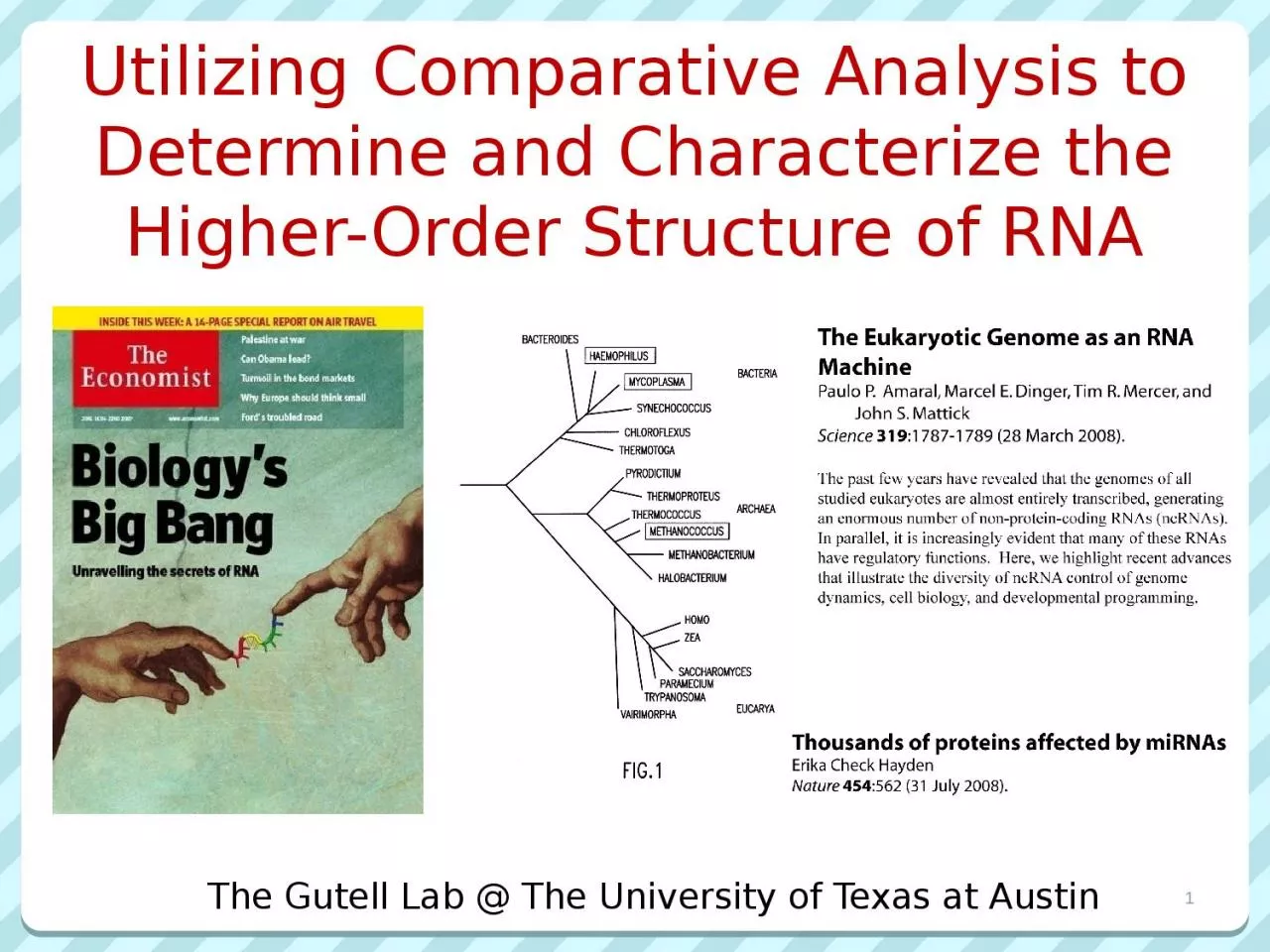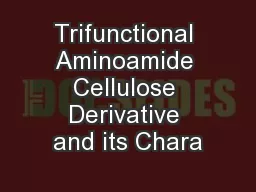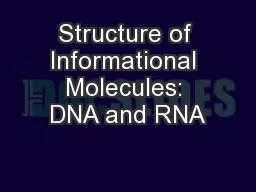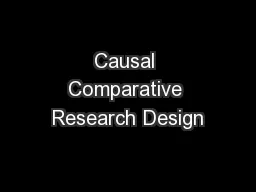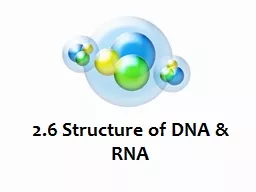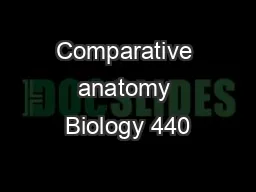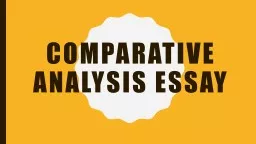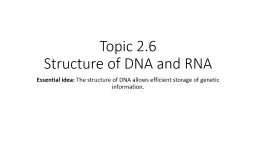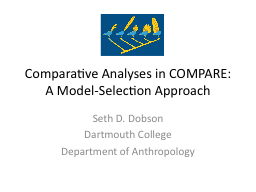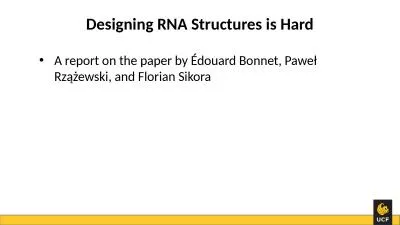PPT-Utilizing Comparative Analysis to Determine and Characterize the Higher-Order Structure
Author : lauren | Published Date : 2024-03-13
1 The Gutell Lab The University of Texas at Austin Major Topics Importance of RNA in the Cell Major Changes in Paradigms Grand Challenges in Biology Identification
Presentation Embed Code
Download Presentation
Download Presentation The PPT/PDF document "Utilizing Comparative Analysis to Determ..." is the property of its rightful owner. Permission is granted to download and print the materials on this website for personal, non-commercial use only, and to display it on your personal computer provided you do not modify the materials and that you retain all copyright notices contained in the materials. By downloading content from our website, you accept the terms of this agreement.
Utilizing Comparative Analysis to Determine and Characterize the Higher-Order Structure: Transcript
Download Rules Of Document
"Utilizing Comparative Analysis to Determine and Characterize the Higher-Order Structure"The content belongs to its owner. You may download and print it for personal use, without modification, and keep all copyright notices. By downloading, you agree to these terms.
Related Documents

